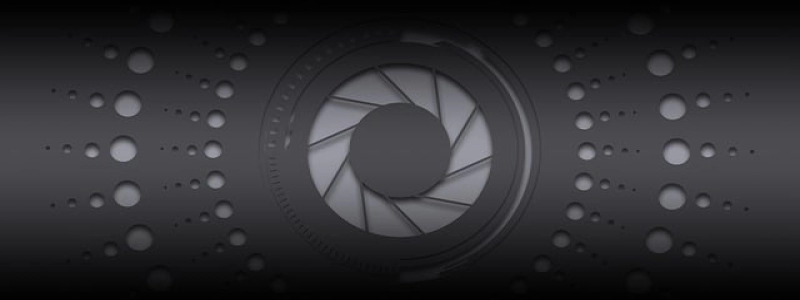Wavelength to Colour
Introduction:
When light travels through a prism or passes through raindrops, it breaks apart into all the colors of the rainbow. This phenomenon is known as dispersion. Each color in the spectrum corresponds to a specific wavelength of light. In this article, we will explore the relationship between wavelength and color and how it is used to determine the colors we perceive.
I. The Electromagnetic Spectrum:
The electromagnetic spectrum encompasses all forms of electromagnetic radiation, including visible light. It ranges from high-energy gamma rays and X-rays to low-energy radio waves. In between these extremes lies visible light, which occupies a small fraction of the spectrum.
II. Wavelengths of Visible Light:
Visible light is composed of different wavelengths, each corresponding to a distinct color. The longest wavelength we perceive as red, followed by orange, yellow, green, blue, indigo, and violet, which has the shortest wavelength. This sequence of colors forms the visible light spectrum.
III. The Relationship Between Wavelength and Color:
The phenomenon of color arises due to the interaction of light with our eyes and brain. When light enters our eyes, it encounters photoreceptor cells called cones. These cones are sensitive to different wavelengths of light and send signals to the brain, which interprets them as colors.
IV. Wavelength and Absorption:
Different objects have the ability to absorb and reflect specific wavelengths of light. For example, a red apple appears red because it reflects red light and absorbs all other colors. The color we perceive is the color of light that is reflected off an object.
V. Applications of Wavelength to Color:
The understanding of the relationship between wavelength and color has various practical applications. For instance, in the field of photography, the selection of lighting conditions can greatly impact the overall color balance and mood of a photograph. In the printing industry, printers use color profiles to calibrate the output colors based on their corresponding wavelengths, ensuring accuracy in the final product.
VI. Conclusion:
The phenomenon of wavelength to color is a fundamental concept that underlies our perception of the world around us. By understanding how different wavelengths of light correspond to different colors, we can achieve accurate color representation in various fields such as art, photography, and printing. The next time you see a rainbow or admire a vibrant painting, remember that it is the result of the beautiful relationship between wavelength and color.








